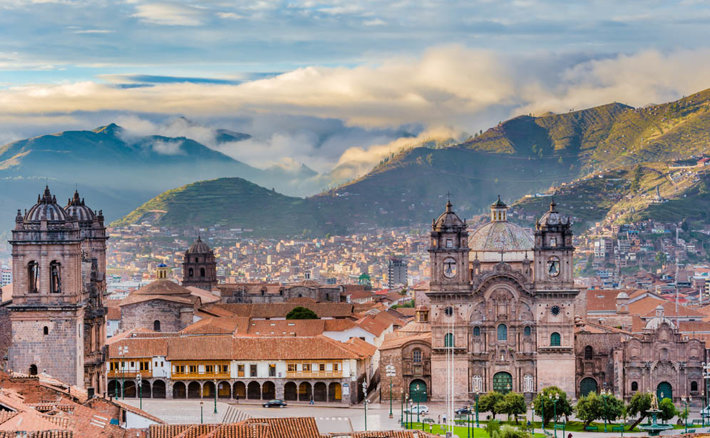Peru Drug Addiction Problem

In South America, it’s normally Colombia that comes to mind when you think of cocaine production. In fact, Peru is not far behind Colombia in the amount of area being devoted to coca and in cocaine manufacture. By 2008, about half the world’s cocaine originated in Peru or Bolivia. In the UK, for example, the proportion of that country’s cocaine supply that originated in Colombia has been falling steadily since 2002. For some of the smaller European markets, Peru and Bolivia are already the primary sources of cocaine.
Increasingly, the cocaine being shipped to Europe leaves Peru to make its way to Bolivia or Brazil for further transport by established drug cartels. But increasing quantities of drugs are remaining in Peru for domestic consumption. Not just cocaine and coca base, but also amphetamines, opiates and cannabis abuse figures are increasing. These figures are not just increasing in Peru, they are increasing across the Southern Cone (the lower part of South America).
Revolutionary Forces Profit from Drug Trafficking Activities
Guerilla troops belonging to the Maoist group Shining Path have taken a page from the book of the FARC revolutionary forces in Colombia and are financing their activities with drug trafficking, extorting protection money from farmers and protecting smugglers. In fact, this group almost disintegrated after their leader was arrested in 1992, but connections with drug trafficking groups enabled them to stage a comeback. Shining Path forces have been responsible for establishing coca processing labs in the jungles of Peru.
The main growing areas in Peru are Alto Huallaga, Apuri?mac-Ene and La Convenci on y Lares, where large coca plantations are located. Smaller farms are located in Aguaytia, Inambari-Tambopata, and Palcazi-Pichis-Pachitea, all of which have seen expansions of their operations since 2004.
Opiate Crops and Labs Compound the Complexity of the Drug Problem in Peru
In 1998, there were enough poppy farms growing the flowers that provide opium that eradication efforts began. The first year, just 4 hectares of poppies were eradicated, but this figure grew almost 40-fold to 155 hectares that were eradicated in 2001. Eradication fell to 32 hectares in 2009. But in 2008, Peru was one of just eight countries that noted the destruction of clandestine opiate-processing labs so the industry was far from gone.
Addition Treatment Runs the Gamut from Traditional Andean Practices to Therapeutic Communities
There are 33 Therapeutic Communities in Lima alone, settings in which addicts can seek a sober lifestyle with the help of other recovering addicts. More addiction treatment centers employ traditional Andean treatment methods involving the use of Ayahuasca, a hallucinogenic plant substance that is supposed to invoke dreams and visions that help addicts discover their reasons for becoming addicted. Addicts come from as far away as Europe to take part in these traditional methods. In 2008, the head of the National Directorate National Institute of Culture of Peru acknowledged the drug as an important and protected component of the Peruvian traditional culture.
Narconon Centers Help Addicts Find Sobriety
The Narconon program not only addresses the debilitating effects of drug abuse on the mind and body but also resolves why a person turned to drugs in the first place.
A thorough detoxification followed by counseling and life skills training enables a person in a drug program to see things in a whole new light so they can live an enjoyable, productive life again. This is the way the Narconon drug and alcohol rehabilitation program works.
As a result, a person can graduate from the program into a new life free from drug use.
 ®
®